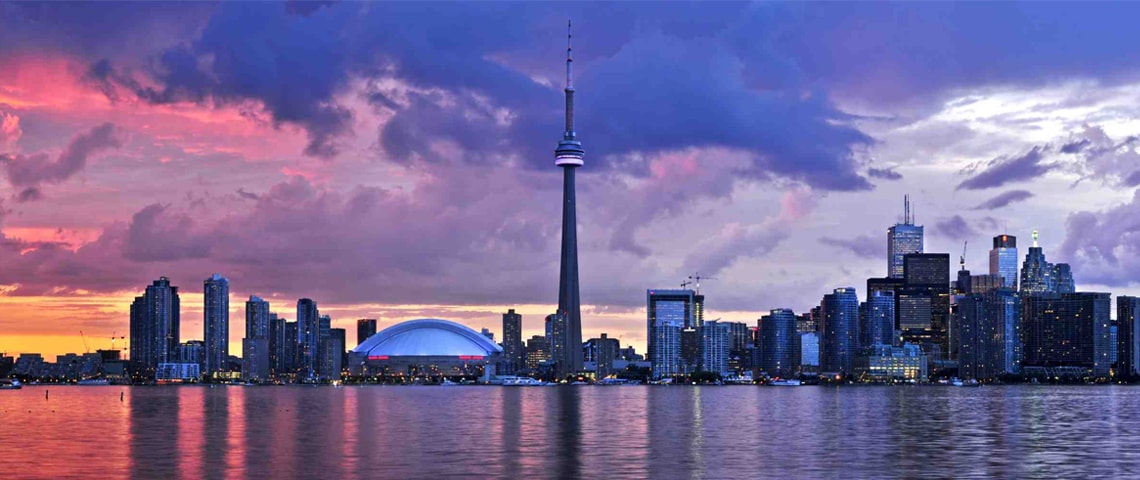Things to Know Before Moving to Toronto
By John Doe
Thinking of moving to Toronto? Maybe you’re a frequent visitor to Canada’s largest city. Or you might be a stranger to this world-class metropolis. Regardless, this guide can help you decide whether relocating to Toronto is the right move for you.
Pros and Cons of Living in Toronto
Formerly called Hogtown, or Toronto the Good, it’s now commonly referred to as T.O. and is a multicultural, vibrant city with much to offer. But what should you expect when moving to Toronto?
Pros of Living in Toronto
- Culturally diverse. Living in Toronto has never been more welcoming!
- Good public transit system. You'll have plenty of options for getting around the city.
- Schools. Toronto has a variety of good K-12 and post-secondary schools.
- Recreation. If you're looking to stay active, you'll never run out of things to do!
Cons of Living in Toronto
- Expensive. The home prices in Toronto can sometimes head into the millions.
- Competitive housing market. Finding a home might require a waiting list.
The Best Neighbourhoods in Toronto
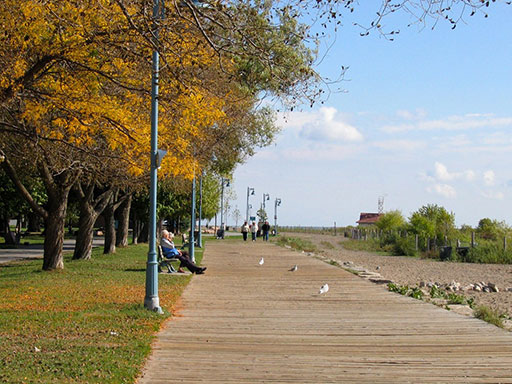
image courtesy of Alain Rouiller
In a city the size of Toronto, there are many different neighborhoods. Each has its own unique qualities. Let’s explore some of the best places to live in Toronto!
Downtown
Do you want to be in the center of the action? Then you’re going to feel right at home in downtown Toronto! It’s where you’ll find major-league sports teams and world-class theatre. You can find whatever global cuisine you’ve got an appetite for at the wide array of ethnic restaurants throughout the district.
Downtown Toronto is home to many condominium towers, as well as some townhomes. Competition for these residences is fierce. There’s a very low vacancy rate, and the prices for a rental or purchase are high. It’s still a very desirable area to live in, but you can expect to pay top dollar for a small place. Condos along the lakeshore go for an average price of 1.2 million.
The Lakefront
The edge of the city on the Lake Ontario shoreline is becoming one of the hottest places to live in Toronto. The Lakefront is shedding its past as a major shipping port and industrial hub. Now, it’s a magnet for housing and recreation. New condos are going up that will provide panoramic views of either the lake or the city.
Toronto Island
Toronto Island is home to a cozy community of cottages and small homes. It also features public parks and beaches. However, it can take years for someone to actually get the opportunity to purchase a house on the island. Home prices are much lower than on the mainland, but you can only buy a place if you have been approved for the waiting list of 500. The option to buy goes to the first on the list.
East Toronto
In Toronto’s east end, you will find a mosaic of communities that contribute to the city’s reputation as one of the world’s most multicultural places.
East Toronto is less of a hot housing market than the downtown core. Still, homes in the east end of Toronto are highly desirable. There are many single-family homes mixed in with condominium townhomes and apartments. The average selling price for a home in The Beaches is 1.1 million. A one-bedroom condo on the east side can be purchased for under $400,000. The average price for a vintage townhouse in Cabbagetown is 1.3 million.
Don Valley
The Don Valley cuts through the urban landscape, providing a welcome oasis of a natural landscape of trees and rivers. Bordering the Don Valley to the west, Cabbagetown has been a trendy Toronto location for decades. It features beautiful 19th-century-row houses and unique restaurants and cafes.
The Beaches
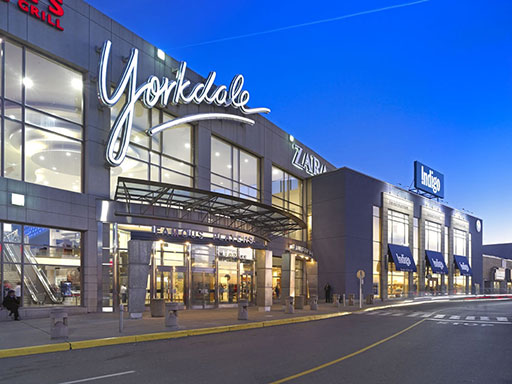
The Beaches has maintained its laid-back vibe that it became known for in earlier years. A three-kilometer boardwalk and Blue Flag-certified beach provide endless recreational opportunities. Browsing the unique shops and restaurants is a relaxing way to spend the day.
Scarborough
Scarborough really came into being after WWII. New housing construction was fuelled by the baby boom and waves of immigration. Today, it’s a vibrant multi-ethnic community of suburban homes and high-rise apartments. In Scarborough, you’ll find restaurants featuring the best of food from around the world, including Filipino, Persian and Lebanese.
The West End
Homes in this large suburb vary widely in price depending on location. Small condo apartments start at around $270,000. The median house price is just over $700,000.
High Park
West of the downtown core, the 400-acre High Park is the centerpiece of a warm and welcoming community. The Junction is one of the hottest new developments in the city. Meat-packing plants have given way to new homes. There’s also a dynamic art and design scene, as showcased in the stores of the district. Its many restaurants include organic and vegetarian/vegan. The Roncesvalles area features older townhomes and single-family homes in a lively setting.
Etobicoke
Etobicoke lies on the western edge of Toronto. It features a mixture of single-family homes and apartment complexes in a suburban setting. Bordered on the east by the Humber River and on the west by the city of Mississauga, there is a wide range of housing options. From rental apartments to deluxe high-rise condos, and small single-family houses to large new luxury homes, Etobicoke offers a variety of options.
North Toronto
North Toronto is expensive, but it also offers some of the best places to live in Toronto. The home price in North York is 1.1 million, while an average home in the Yonge-Eglinton neighborhood has a value of 1.5 million. A two-bedroom condo sells for around $739,000.
North York
This sprawling suburb came largely into being in the years after WWII. It is still expanding as new homes are built on its northern edge. Here, you can choose from an apartment living in either a rental or a condo, or move into a new or post-war home. It’s a great place for avid shoppers. Yorkdale has long been Canada’s flagship shopping center and is still a magnet for shoppers from across the region.
Yonge-Eglinton
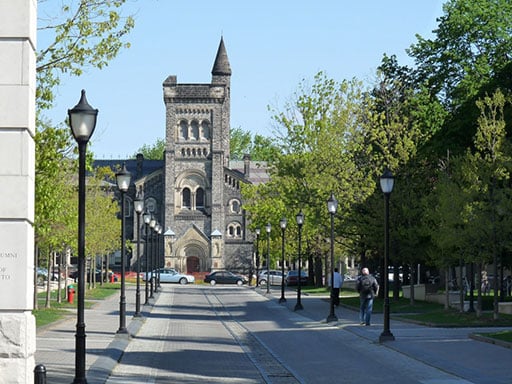
This mid-town neighborhood is considered one of the best places to live in Toronto. In Yonge-Eglinton, you will find tree-lined streets with closely spaced single-family homes. Tall apartment buildings are clustered near the subway line at Yonge Street.
Many homes have been expanded or renovated, adding substantially to their value. Excellent restaurants and shops are close at hand on the main thoroughfares of Eglinton, Lawrence, Bayview, and Yonge. Visit Yonge-Eglinton Centre for stores such as Urban Outfitters, or head south on Yonge to Tabule for delicious Middle Eastern cuisine.
Cost of Living in Toronto
There’s no escaping the fact that Toronto is an expensive city to live in. High housing costs contribute substantially to a high cost of living.
The average cost of renting or mortgage payments in Toronto is just over $2,000 a month. That means that you need a before-tax annual income of at least $50,000 to be able to live comfortably within the Greater Toronto Area (GTA). You can expect your income taxes to take up about $10,000 of that amount, leaving you with about $40,000 for all your living expenses.
Toronto Job Market
Luckily, the job market in Toronto is strong! Job growth continues at an annual rate of about 1%. There are new jobs coming up in the booming tech sector as companies such as Shopify, Think Research Corp., and Google open or expand facilities in the GTA. The average salary in Toronto is $58,614. The most popular jobs are Administrative Assistant, Executive Assistant, and Software Developer.
Schools, Colleges and Universities in Toronto
As well as having excellent public and Catholic schools, Toronto is home to three world-class universities as well as several community colleges and specialized schools.
Universities
The University of Toronto is concentrated in downtown Toronto, with faculties of Medicine, Law, and Engineering, just to mention a few. York University’s main campus is located in Downsview and offers undergraduate and graduate degrees in a wide range of disciplines. Ryerson University is located just east of Yonge and Dundas. Toronto’s newest university is OCAD, the Ontario College of Art and Design.
Community Colleges
There are several public community colleges to choose from in Toronto. Humber College, Seneca College, Centennial College, and George Brown College all offer a wide range of programs. There are also many private career colleges with campuses in Toronto.
Is it Really “Toronto the Good?”
Toronto long had a reputation as a staid, conservative city. But in the past 50 years, it’s become a multicultural mosaic. This has brought a lot of diversity and excitement to the city.
Toronto’s crime rate has climbed in recent years. Still, Toronto is still relatively safe when compared with other Canadian cities. For instance, the city has a homicide rate of 1.47 per 100,000.
Getting Around Toronto
Public Transit
The Toronto Transit Commission (TTC) operates a network of subway trains, streetcars, and buses. They provide public transportation within the city, with links to regional, national and international transportation. GO Transit connects with cities near Toronto including Hamilton, Kitchener, Oshawa, and Barrie with its fleet of buses and trains. VIA Rail will take you from the downtown Union Station to destinations across Canada, with links to the United States.
Airports
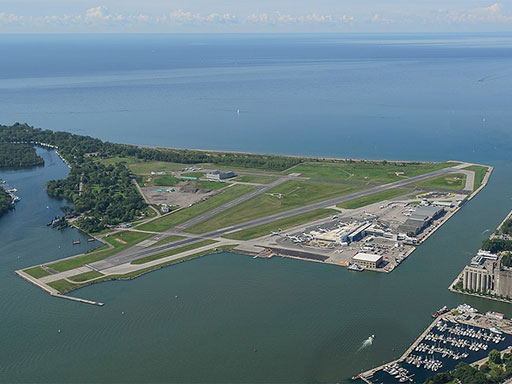
Toronto is served by two airports. Toronto Pearson International Airport is in the northwest corner of the city. It can be reached by car or by taking the Union Pearson Express from downtown Toronto. More than sixty airlines operate out of Pearson to destinations around the world.
The Billy Bishop Toronto City Airport is close to downtown Toronto, on Toronto Island. It offers flights to cities in Canada and the United States. Billy Bishop Airport is a popular choice for business travelers.
Notable Toronto Restaurants
No matter your taste, you will be able to find a restaurant to satisfy it in Toronto. Immigration has brought people from around the world to this city, along with their culinary heritage. They tend to be clustered in different neighborhoods within the city.
There are excellent restaurants scattered throughout Toronto that have their roots in African, Asian, Latin American, and Indian cuisine. For instance, visit Chinatown on Spadina Avenue for regional Chinese cuisine. Head to College Street West for the best Italian food in Little Italy. Or visit the Danforth to enjoy one of the many great Greek restaurants.
Sports, Activities, and Events
Major-League Sports
At any time of the year, you can be cheering on a Toronto team. The Blue Jays and Argonauts play at the Rogers Centre. The Maple Leafs and Raptors can be found at the Scotiabank Arena. The city’s professional soccer team, the Toronto FC, plays at BMO Field.
The Stage
There’s a vibrant theatre scene in Toronto. You will find major Broadway productions at the Royal Alexandra and Princess of Wales theatres. Many independent venues also provide an eclectic range of theatrical events year-round.
Outdoor Recreation in Toronto
If you prefer to do rather than watch, Toronto is a great place for you! There are many opportunities for outdoor enthusiasts within the city limits of Toronto.
On the Water
Between Lake Ontario and the major waterways flowing through the city, there are many ways to get out on the water in Toronto. Canoe or kayak on the Humber, Don, and Rouge Rivers, or take in the view of the Scarborough Bluffs from your stand-up paddleboard. As well, the many marinas along the lakeshore provide a place to moor a pleasure craft.
Hitting the Trails
Toronto has many excellent hiking trails. In the east end, you can hike in Bluffer’s Park in Scarborough, or on one of the trails in Rouge Park. The Don Valley boasts 11 kilometers of wilderness trails. In the west end, there are trails in High Park and along the Humber River.
Cycling
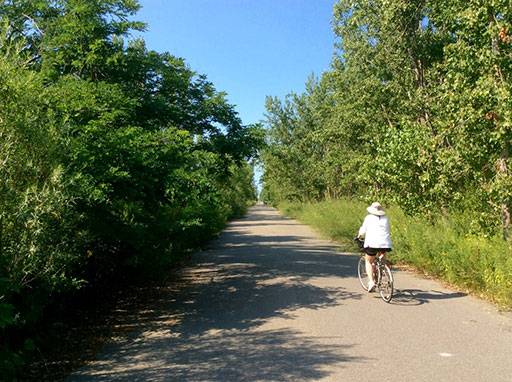
Image courtesy of The City of Toronto
Toronto has dedicated cycling routes that can take you from one side of the city to the other. The Waterfront Trail runs through the city center next to Lake Ontario. In Tommy Thompson Park, you have five kilometers of paved roads where no cars are allowed. For those who like hills, the view from the Scarborough Bluffs is worth the effort!
Skating
Torontonians love skating. The most iconic outdoor rink is at Nathan Phillips Square. The Harbourfront Centre has Canadaís largest artificial outdoor rink, with music on Saturday nights. The Bentway, located below the Gardiner Expressway near Fort York, has a 220-meter track circling around the Gardinerís pillars.
Tips for New Residents Moving to Toronto
Whether relocating from elsewhere in Canada or moving to Toronto from the United States or overseas, you can expect that it will take you some time to find yourself a new home. If youíre purchasing a condo under construction, it could be a couple of years before you can take possession! Even then, the cost of square footage is so high in Toronto real estate that you may not have room for all of your stuff.
Luckily, there is a solution for your short or long-term storage needs. A self-storage unit located near your apartment or house can be the perfect place to keep things secure and close at hand without taking up valuable space in your home. Whether it is a seasonal sports equipment and clothing or furniture that you donít have a spot for just yet, using off-site storage can free up space for daily living without sacrificing your precious possessions.
Check out our facilities or contact Bluebird Self Storage to get started today!
About the Author

Janice Lundy is a freelance writer located near London, Ontario. She is a former resident of Toronto and has written several articles about the city. Janice earned her Bachelor’s degree from York University. For 30 years, she worked as a high school history and English teacher. Janice has also authored online courses in history and law for eLearning Ontario.
Frequently Asked Self Storage Questions
What size storage unit is right for me?
Finding the right storage unit depends on the number of possessions you plan on storing at our facility. The more items you have, the more space you’ll need. At every Bluebird facility, we offer units ranging from below 5’ x 5’ to 10’ x 30’ or even larger, so you can find the right amount of storage space. To find the right unit size, explore our Storage Unit Size Guide or read this resource to see which unit fits your needs best.
Can I buy boxes and packing supplies at Bluebird?
Yes! If you’re about to move into a storage unit, our facility offers moving and storage supplies that help protect your belongings. Our supplies range from boxes, packing tape, mattress and furniture covers, and so much more!
How long can I rent a unit?
We don’t have any long-term agreements at Bluebird, so you can rent your unit for as little as a month or two or upwards of a year if you’d like! If circumstances change, we can always extend or shorten your storage stay with us.
How do I access my storage unit?
You, selected family, and any business associates can access your local facility by using our secure keypad entry using a personal security code. Individual units are protected by a lock that is only accessible by the customer. Only contacts you authorize will be able to access your unit.
Typical daily access hours are from 6AM - 11PM, so you can always access your stuff when you need it. Check with the location nearest you for more information about access hours.
Bio
Bio Details











